Rhinoplasty can address many concerns with the nose: bridge, tip, front view, side view, breathing, etc. Most often patients complain of a nose that is relatively large and want a smaller nose. Making the nose smaller by reducing a bump and improving the profile is one of the most common requests from a rhinoplasty surgeon.
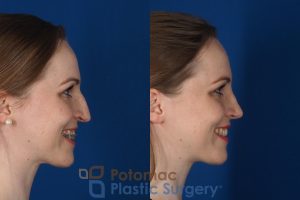
Bump reduction in rhinoplasty to improve side profile.
The bump is typically made of bone and cartilage. In some patients it’s more bone and others it’s more cartilage.
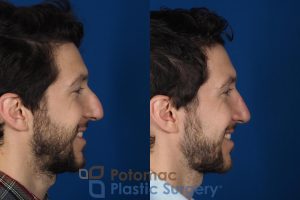
Bump reduction in rhinoplasty to improve side profile.
The bump generally occurs from the nasal septum as it grows outward. A majority of the nasal growth occurs during teenage years. This nasal growth rate usually slows down around age 17 for girls and 19 for boys. For this reason, we prefer to wait until a teenager’s nasal growth has matured before considering rhinoplasty surgery.
A nasal bump can also be from nasal trauma. Fractures and lacerations affect the underlying tissue. Bone and cartilage can grow and form a callous with scar tissue after injury.
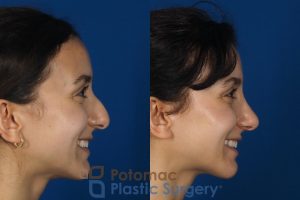
Bump reduction in rhinoplasty to improve side profile.
Bump reduction in rhinoplasty can be performed via an open approach (cut made between nostrils) or a closed approach (no external cuts). Profile modification with a smoother result is typical with preservation rhinoplasty. Most rhinoplasty surgeons perform bump reduction first before addressing the nasal tip. Bumps are rasped and shaved down a little bit at a time.
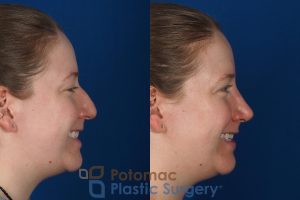
Bump reduction in rhinoplasty to improve side profile.
We typically reduce the bump first too during surgery. First, we shave down excess nasal bone. Next, we reduce the excess cartilage. We’re also conservative and prefer subtle changes rather than overcorrection when reducing a bump in rhinoplasty.
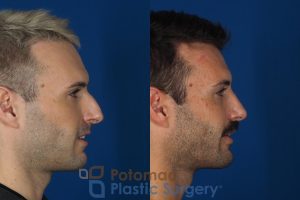
Bump reduction in rhinoplasty to improve side profile.
Contact the office to improve your nasal profile and contour with bump reduction.

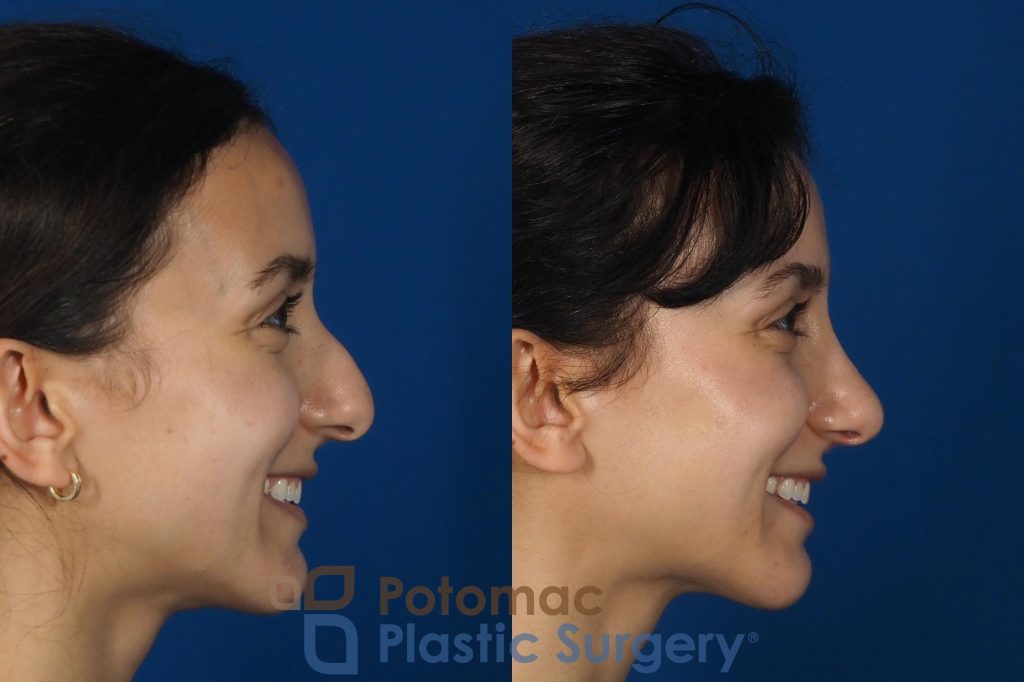
Leave a Reply